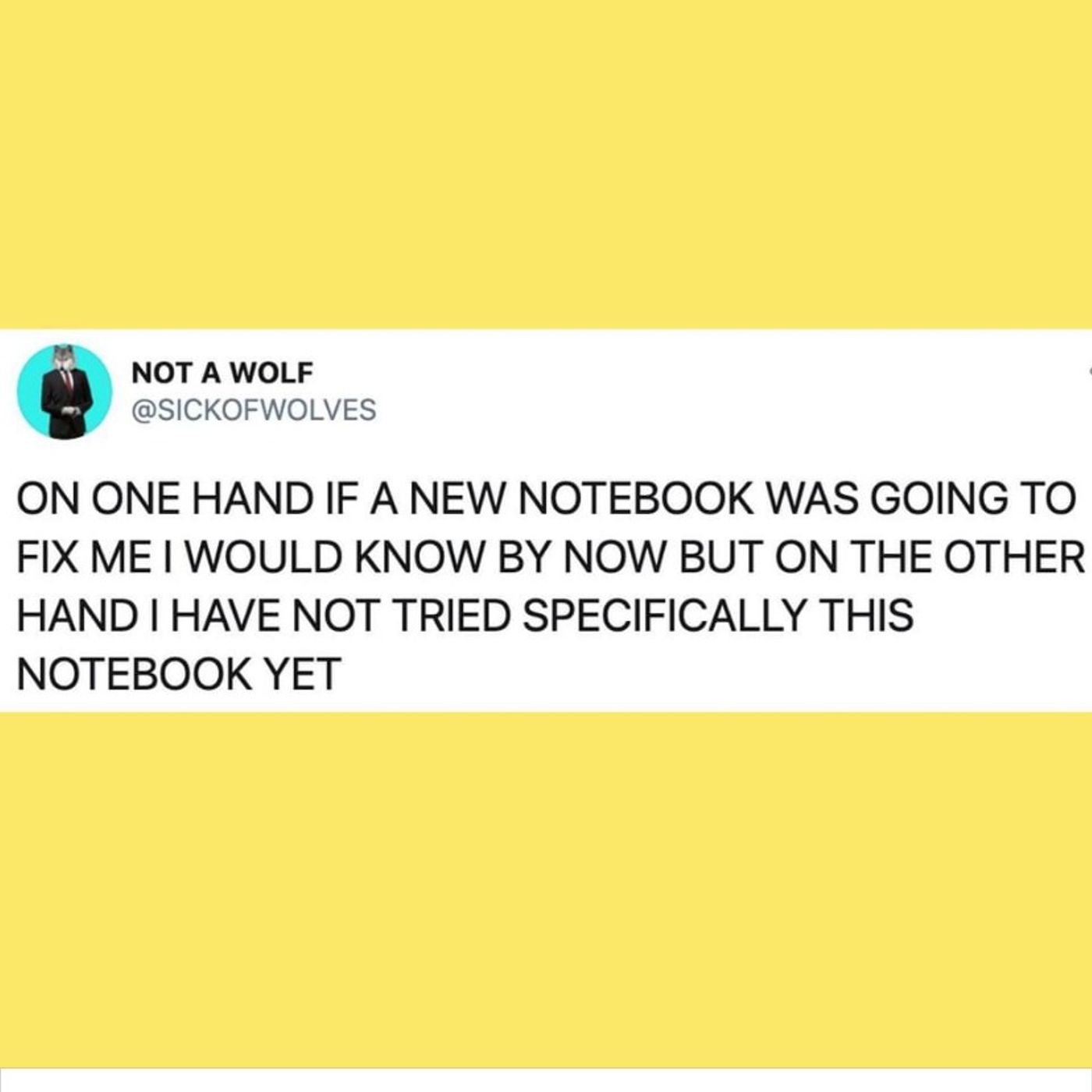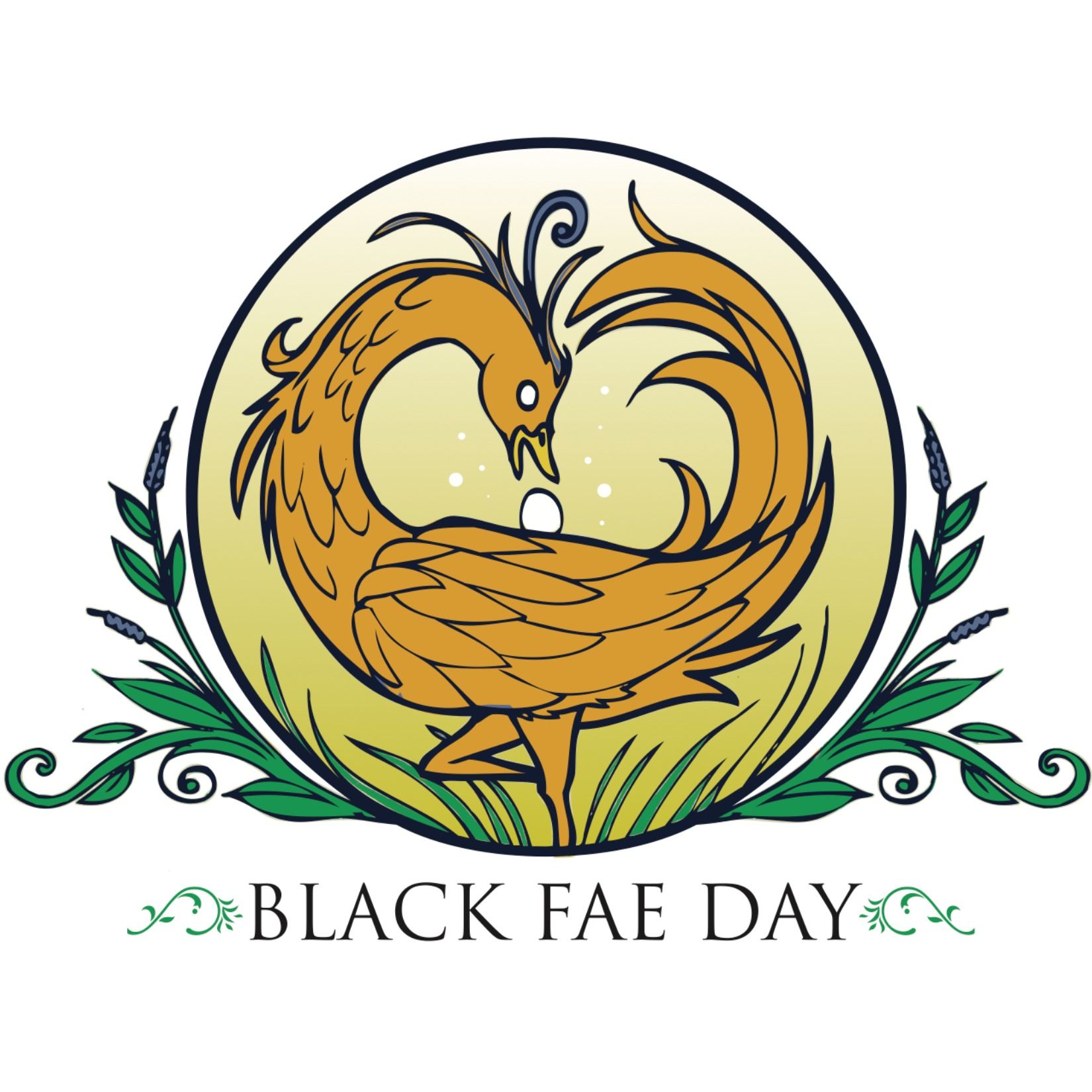Special thanks to Melvinia Smith of Designer Fresh Custom Tailoring for sharing the story of her fantastic vintage Simplicity B888 iron. You can find her Instagram page here.
Melvinia's amazing Iron is no longer available for purchase but you might get lucky and find one at an estate sale or on eBay.
Irons used/mentioned in podcast. If you buy from these links, I get a tiny bit of coin.
My dearly departed Rowenta Steam Generator
Support Stitch Please and the Black Women Stitch Project
Sign up for the Black Women Stitch quarterly newsletter
Check out our merch here
Leave a BACKSTITCH message and tell us about your favorite episode.
Join the Black Women Stitch Patreon
Check out our Amazon Store
Stay Connected:
YouTube: Black Women Stitch
Instagram: Black Women Stitch
Facebook: Stitch Please Podcast




